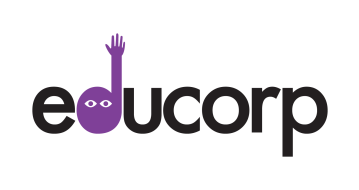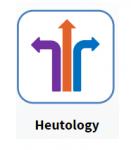Article on Creativity
Article on Creativity
5th May 2016
You Say You Want Creative Students?
Myth: No one really knows what creativity is.
Creativity is an activity that produces something that is both new and task appropriate. It can’t be just new, and neither can it be just useful. It’s that simple.
Myth: The most creative people are mad geniuses.
There is no connection between mental illness and creativity. Creative people are more likely to be in better moods, better physical health, and more resilient in the face of trauma.
Myth: A creative person is creative in anything.
Creativity is actually domain-specific. If you are creative in cooking, you are no more likely to be creative in music or physics or some other unrelated area than anyone else. In fact, people are often creative in one way, but not in another. For example, divergent thinking (coming up with multiple ideas) and convergent thinking (honing in on a best or plausible idea) are two completely different forms of creativity.
Myth: Offer a reward to spur the most creative thinking.
People tend to be most creative when they are doing something because they want to do it; rewards can actually kill creativity. Giving people (even students; after all, many of them are people, too) voice and choice can be an effective way to spur creativity.
Myth: Creativity is effortless.
Yes, Picasso ate a banana before painting, and yes, Albert Einstein was a dreamer with a messy desk. But it was hard work, revision, failure, extensive knowledge, persistence, and innate talent that made them giants.
Myth: We want more creativity in our society and schools.
Society and schools are built on rules, and the average person is trained to value conformity. Many studies show that teachers, workers, and most people have an unconscious bias against creativity.
Say it ain’t so! Isn’t the education sector different, don’t we value creativity in our students?
Not according to Andy Hargreaves, of the Lynch School of Education at Boston College.
When we faced low student achievement, did we put our efforts into helping teachers innovate and improve? Nope, we came up with rubrics and broke down teaching into prescribed recipes and basic skills that supposedly would produce mediocre student achievement across the board. A low goal we failed to achieve.
And this movement was only stopped by student and parent protests manifested in the opt-out movement.
What’s next?
Myth: Just provide choice to schools, parents, and teachers, and education will get better.
That may be one condition, but Hargreaves points out that it’s clearly not enough. Sometimes, school autonomy doesn’t result in the professionalization of teachers. And sometimes greater teacher autonomy results in lower risk taking, and weak results.
What seems to work is a collective autonomy, or a collaborative environment. While teachers make the majority of their decisions alone for their own classes, the decisions and results are shared and discussed with other teachers.
Let’s dispel with the myths about creativity and forego shortcuts to student achievement. We know how to spur creative learning and teaching in schools. It takes work. It takes autonomy. It takes collaboration. And it’s accomplished through deliberate design around the principles of creativity and community, not standardized pedagogies for easily measurable basic skills.
Bibliography:
Hargreaves, Andy, Blooming Teachers, RSA Journal Issue 1 2016, pp 34-39
Kaufman, James C., The Creative Construct, RSA Journal Issue 1 2016, pp 25-27
References:
- http://blog.academicbiz.com/



